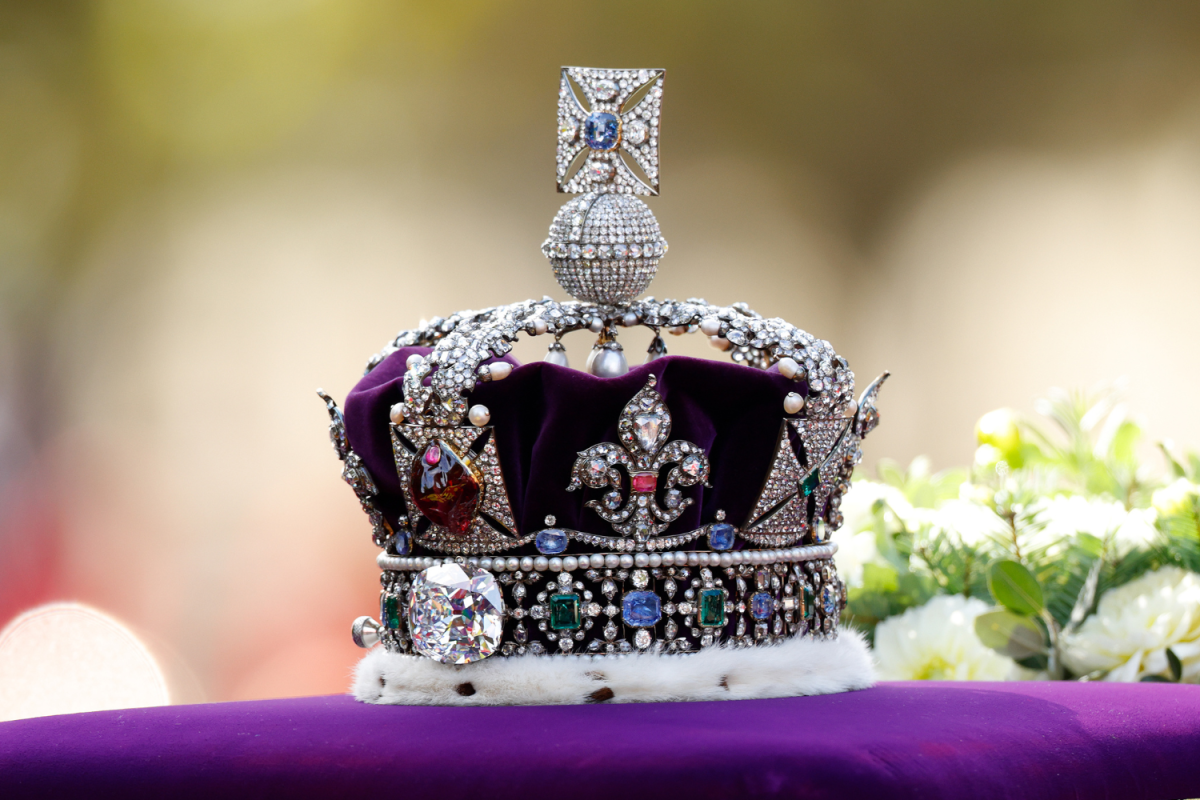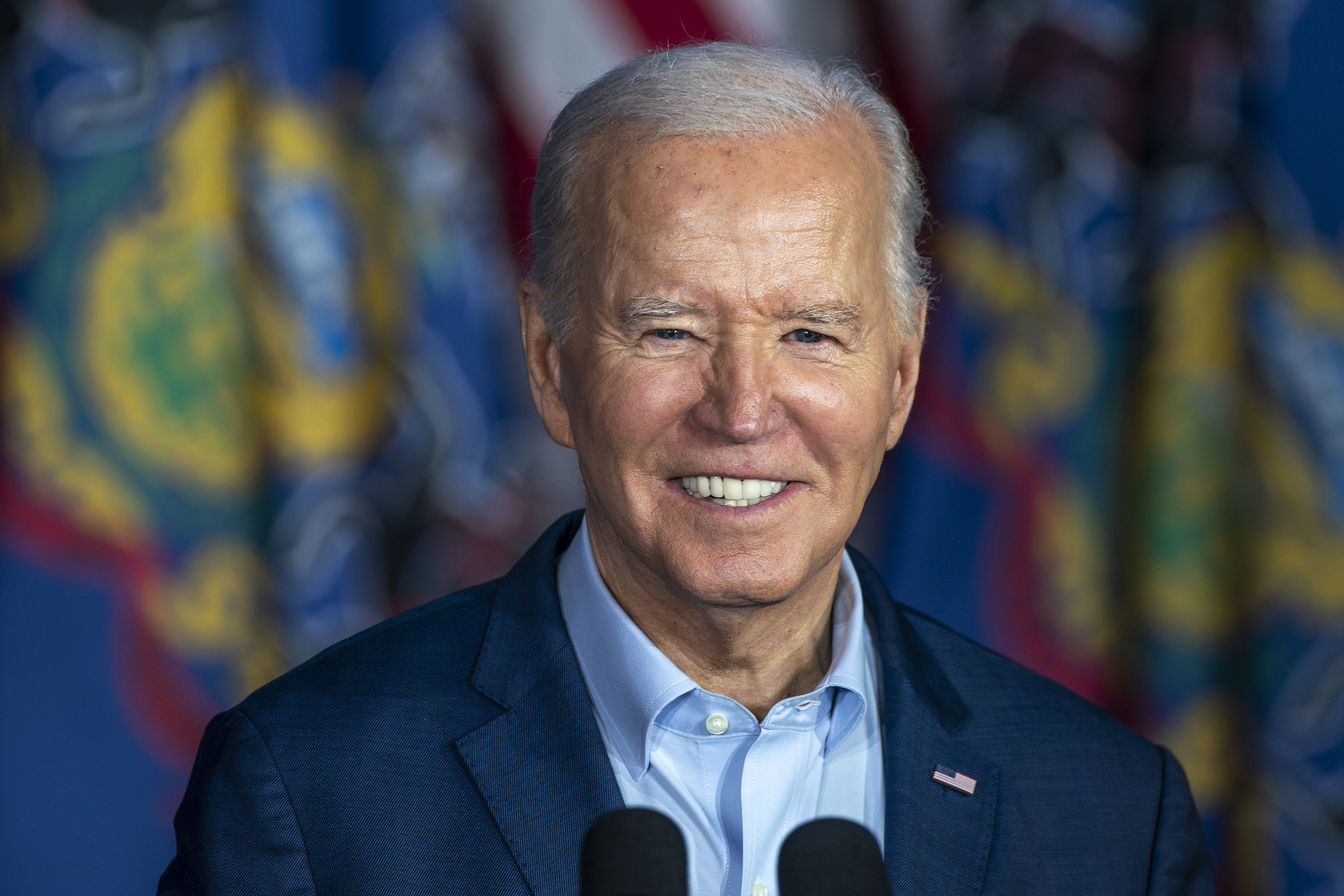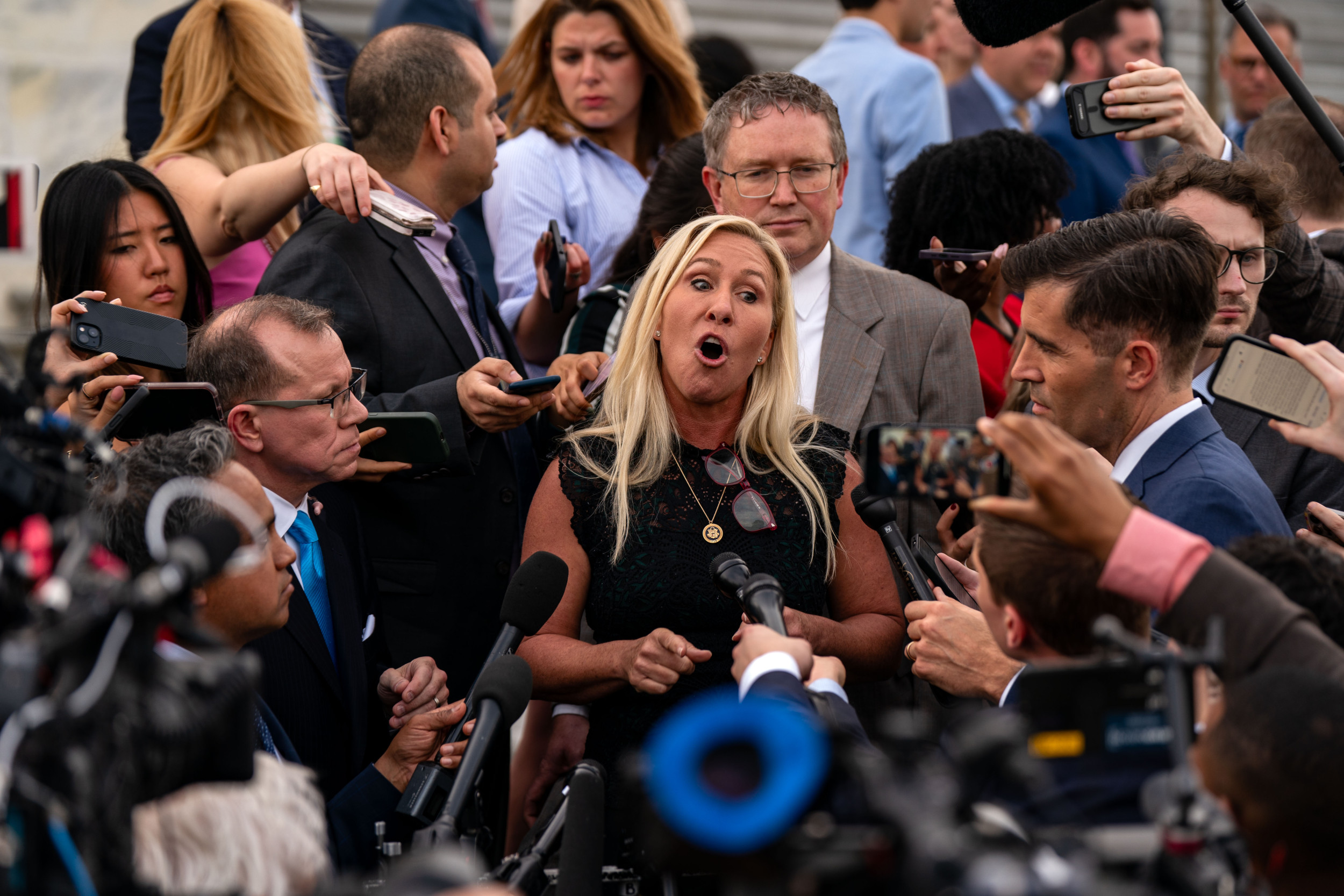When King Charles III is crowned on May 6 at Westminster Abbey he will be using a collection of Britain's priceless crown jewels, acquired, and added to, over successive centuries and monarchs.
The crown jewels are kept under guard at the Tower of London, their home since 1661, where they are on public display in a specially designed and secured vault. The collection is made up of over 100 objects including crowns, scepters and plate, and includes over 23,000 precious gemstones.
The crown jewels are part of the royal collection and are held in trust for the nation, meaning they cannot be sold or broken up but can still be altered for their continued use. They are afforded the highest possible levels of protection, and this was especially the case during the darkest days of World War II.

When Britain declared war on Germany in 1939 a number of institutions around England, Scotland and Wales prepared to move priceless objects from areas that could potentially be easily invaded or more likely be notable targets for aerial bombing.
This included artifacts from major London-based museums being moved into safe spaces in the countryside, and also treasures from the royal palaces such as Buckingham Palace, St. James and Kensington.
Among the objects in the royal collection that were sent out of London were the crown jewels, expressly on the command of King George VI, King Charles' grandfather.
Where the jewels were sent was top secret and was only made public in 2018 whereupon it was revealed that not even Queen Elizabeth II herself, who was 19 years old at the end of the war, had an idea of where they were kept.
Discovered as part of a 2018 documentary made about the queen's 1953 coronation in which she gave a rare interview discussing the day, papers in the Royal Archives revealed that the jewels were actually moved to another royal residence, Windsor Castle, just west of London.
The castle was first built as a fortress around 1070 and has since become a principle residence of the British royal family. Queen Elizabeth (then Princess Elizabeth) and her sister, Princess Margaret, were sent to live there during the war years, and though the paintings and priceless objects in the state rooms were evacuated, the crown jewels were hidden in the bedrock beneath them.

Broadcasted by the BBC in 2018, the documentary shows royal expert Alastair Bruce informed the queen on camera that the jewels were kept in a strongroom cut into one of the castle's medieval tunnels. This included stones taken from their settings in the crowns and scepters that could be easily evacuated if the castle was under Nazi threat.
"The librarian gauged the principal stones out of the crown jewels and wrapped them up and put them into a jar and put them in a Bath Oliver [brand of British cookie] tin, and hid them," Bruce explained.
"Did he remember where he put them?" the queen responded. "Because he might have died in the middle [of the war]?"
Bruce then revealed that King George had been told of the plan. Queen Elizabeth then said that she was "told nothing."
"We were only children then but we didn't know anything...all the pictures disappeared and everything disappeared and one was never told anything. It was, you know, a secret."
After the war, the crown jewels were retrieved from their hiding place and sent back to the Tower of London via the crown jewelers who had the task of resetting all of the important stones that had been removed.
The most important pieces in the collection will be on full display on May 6 for the use of King Charles. These include the St. Edward's Crown, made in 1661 for King Charles II, and also the Imperial State Crown, made in 1937 for George VI.
James Crawford-Smith is Newsweek's royal reporter based in London. You can find him on Twitter at @jrcrawfordsmith and read his stories on Newsweek's The Royals Facebook page.
Do you have a question about King Charles III, William and Kate, Meghan and Harry, or their family that you would like our experienced royal correspondents to answer? Email royals@newsweek.com. We'd love to hear from you.
Uncommon Knowledge
Newsweek is committed to challenging conventional wisdom and finding connections in the search for common ground.
Newsweek is committed to challenging conventional wisdom and finding connections in the search for common ground.
About the writer
James Crawford-Smith is a Newsweek Royal Reporter, based in London, U.K. His focus is reporting on the British royal family ... Read more
To read how Newsweek uses AI as a newsroom tool, Click here.






